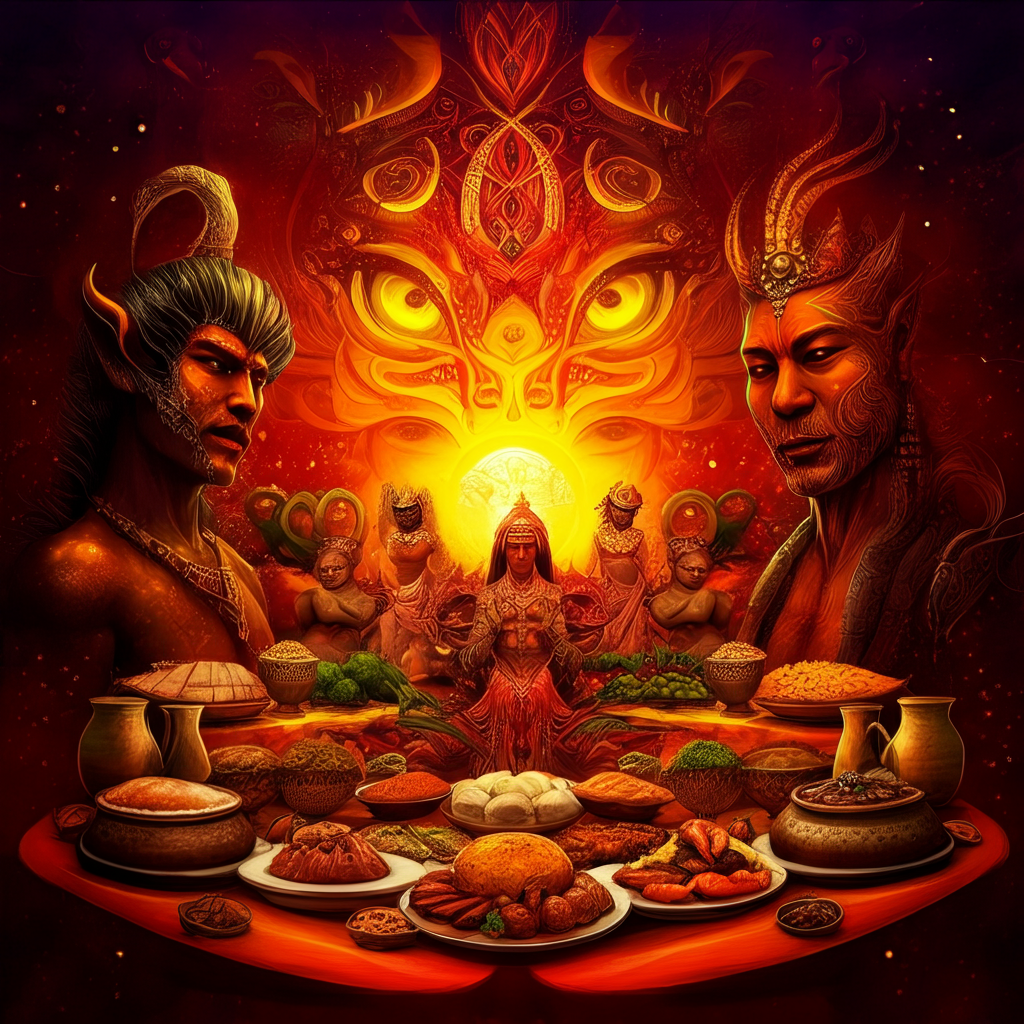In the vibrant heart of Southeast Asia lies a gem known as Đeman, a term that evokes a multifaceted symbol embodying deep cultural significance, rich mythology, and a culinary legacy that tantalizes the senses. This article explores Đeman not just as a concept but as a living tradition that intricately weaves together diverse threads of history, belief, and gastronomy.
The Cultural Significance of Đeman
Đeman serves as a cultural cornerstone for many communities, particularly among the ethnic groups of Vietnam. It encapsulates the essence of communal identity, often celebrated during festivals and gatherings. For instance, during the Tet holiday, families come together to create Đeman-inspired dishes, reinforcing bonds and honoring their ancestors. The act of preparing and sharing these meals is not merely about sustenance; it symbolizes unity and continuity of tradition.
Visual art plays a significant role in representing Đeman, with local artisans crafting intricate motifs and designs that tell stories of heritage. These artworks often depict mythical creatures and elements from nature, reinforcing the belief that culture is a living entity, constantly evolving yet deeply rooted in the past.
Myths and Legends Surrounding Đeman
The mythology of Đeman is as rich as its culinary offerings. Stories passed down through generations speak of deities who descended from the heavens, teaching people the art of cooking and the importance of sharing food. One popular legend tells of a goddess who spread seeds across the land, promising abundance to those who honored her through food. This myth not only highlights the connection between divinity and daily sustenance but also emphasizes gratitude and reciprocity in the community.
These tales are often recounted during cultural festivals, where traditional dances and music bring the legends to life. The vibrant performances serve to educate younger generations about their roots, ensuring that the mythology surrounding Đeman remains alive.
Culinary Delights: The Heart of Đeman
At the core of Đeman lies its culinary heritage, a delectable fusion of flavors and techniques. This culinary tradition is characterized by the use of local ingredients, often sourced from the surrounding landscape. Dishes like “Bánh Đeman” (a traditional rice cake) are not only a feast for the palate but also tell a story of the land and its people.
One of the standout dishes is the “Đeman stew,” a rich concoction of meats and vegetables simmered to perfection, often infused with local herbs that bring the dish alive. Each family may have its unique twist, passed down through generations, reflecting individual stories and tastes while remaining true to the essence of Đeman.
Street food vendors also play a significant role in keeping the culinary spirit of Đeman vibrant. Their stalls, often bustling with activity, serve as communal gathering points where locals and visitors alike can experience the flavors of the region. The act of eating together, whether in a family home or at a street stall, reinforces the cultural significance of Đeman as a symbol of hospitality and warmth.
Conclusion: The Living Legacy of Đeman
Đeman is more than just a word; it is a vibrant testament to the rich tapestry of culture, myth, and culinary heritage. As communities continue to celebrate and adapt this symbol, it serves as a reminder of the importance of tradition in an ever-changing world. By embracing the stories, flavors, and artistic expressions that surround Đeman, we not only honor the past but also ensure that this multifaceted symbol thrives for generations to come.
In exploring Đeman, we discover that it is not merely about food; it is about identity, community, and the shared human experience that transcends borders and unites us all.





